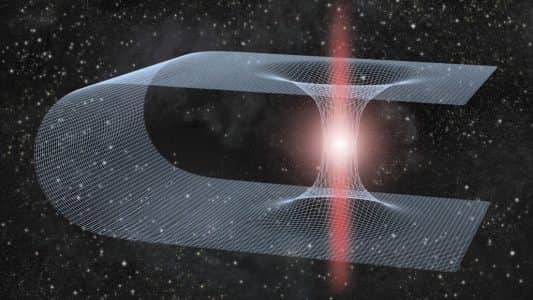Nuclear Fusion Record Broken: A Giant Leap Towards Unleashing Clean Energy
February 9, 2024 - Reading time: 2 minutes
_1.jpg)
A groundbreaking experiment near Oxford has brought us one step closer to harnessing the power of nuclear fusion.
This process, which powers stars like our sun, could provide an almost limitless supply of clean and sustainable energy for future generations. The scientists used a donut-shaped machine called a tokamak, or Joint European Torus (JET), to sustain 69 megajoules of fusion energy for five seconds using just 0.2 milligrams of fuel – enough power for around 12,000 households during that time.
Nuclear fusion is the process by which hydrogen variants deuterium and tritium are forced to fuse together at extreme temperatures (around 150 million degrees Celsius) to form helium, releasing vast amounts of heat in the process. The tokamak's strong magnets hold this plasma in place while the heat is harnessed and used to produce electricity.
This experiment marks a significant milestone for JET, which has been operating for over 40 years. It paves the way for newer fusion projects such as ITER (International Thermonuclear Experimental Reactor) being built in southern France and DEMO, designed to produce higher amounts of energy like a prototype fusion power plant.
While nuclear fusion has the potential to revolutionize our approach to clean energy, it is still likely to take many years before it becomes commercially viable. Challenges remain, including engineering issues and materials challenges that need to be overcome. However, investment in this field is growing, and with continued progress, we may see fusion power plants operational by the latter half of the century.
Para: The announcement comes at a critical time as global temperatures continue to rise, breaching the 1.5-degree Celsius threshold for the first time over a 12-month period. Climate scientists urge us to nearly halve our greenhouse gas emissions this decade and reach zero net emissions by 2050 in order to prevent catastrophic levels of climate change. This means transitioning away from fossil fuels like coal, oil, and gas as quickly as possible.
The development of nuclear fusion is a promising step towards achieving our clean energy goals, but it's essential that we continue to invest in research and development while also taking immediate action to reduce greenhouse gas emissions. With the right balance between long-term innovation and short-term solutions, we can work together to create a sustainable future for all.

DW Staff
David Lintott is the Editor-in-Chief, leading our team of talented freelance journalists. He specializes in covering culture, sport, and society. Originally from the decaying seaside town of Eastbourne, he attributes his insightful world-weariness to his roots in this unique setting.



